For Her
Breathing Exercises to Reduce Anxiety
If anyone has ever told you to take a deep breath when you were angry or anxious, there might have been a good reason. Taking an extended inhale is linked to the sympathetic nervous system, which influences your fight-or-flight response. Similarly, breathing a long exhale is linked to the parasympathetic nervous system, which controls the body’s ability to relax and calm down. Most people tend to take shallow breaths, which can make you feel anxious and zap your energy. Below are two exercises to practice the next time you feel stressed and are looking to relax.
Belly Breathing
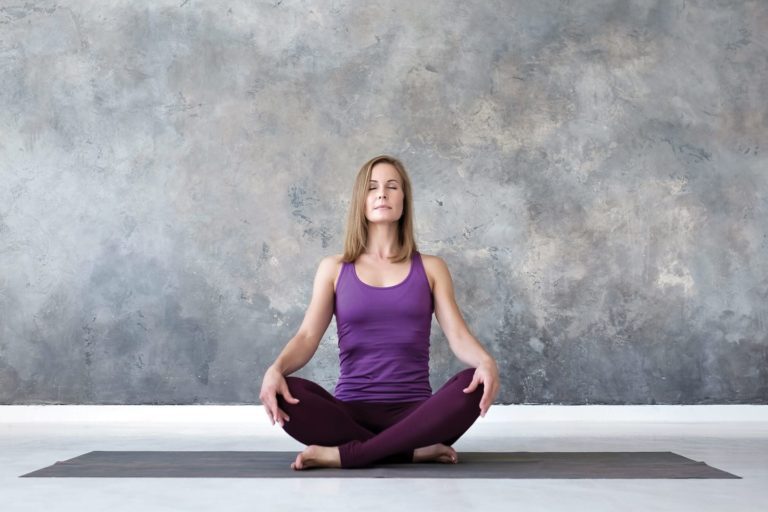
- Place one hand on your chest and one hand on your stomach somewhere above your belly button.
- Breathe in through your nose, noticing your stomach rise. Your chest should remain relatively still.
- Purse your lips and exhale through your mouth. Try engaging your stomach muscles to push air out at the end of each breath.
4-7-8 Breathing
- Take a deep, slow breath from your belly, and silently count to four as you breathe in.
- Hold your breath, and silently count from one to seven.
- Breathe out completely as you silently count from one to eight. Try to get all the air out of your lungs by the time you count to eight.
Signs You Could Have a Thyroid Disorder
The small, butterfly-shaped gland in your throat known as your thyroid creates hormones that help control your metabolism. Women are more likely than men to have a thyroid disorder, and 1 in 8 women will experience a thyroid issue at some point in their lives. The most common issues are hypothyroidism, when the gland doesn’t make enough hormones, and hyperthyroidism, when it makes too many. Most thyroid issues can be diagnosed with a simple blood test, and a thyroid scan can also show doctors how your thyroid is working. The following symptoms are common in those with a thyroid disorder.
Hypothyroidism
- Feeling cold
- Tiredness or muscle fatigue
- Dry skin
- Weight gain
- Feelings of forgetfulness or depression
- Constipation
- High cholesterol
- Thinning hair
- Hoarseness
- Changes to your menstrual cycle


Hyperthyroidism
- Increased appetite
- Sudden weight loss
- Heart palpitations
- Nervousness, irritability, or anxiety
- Tremors
- Swelling at the base of your neck
- Sweating or sensitivity to heat
- Tiredness or muscle fatigue
- Trouble sleeping
- Thinner skin
- Fine, brittle hair
- Changes to your menstrual cycle or bowel movements
For Him
The Cutting Edge: Shaving Tips
Post Shaving Tips Your Skin Will Thank You For
When it comes to shaving, you may be tempted to throw in the towel after the deed is done. But how you treat your skin after you shave is just as important as the steps you take before ever picking up a razor.
Following a shave, splashing cold water on your face will allow you to remove any remnants (product, hair, dead skin) and close your pores. Another habit to get into is utilizing some form of aftershave product – most of which are great at removing bacteria that can be left behind from shaving creams or razor blades. This is especially beneficial if you are prone to breakouts, acne, or irritated skin.
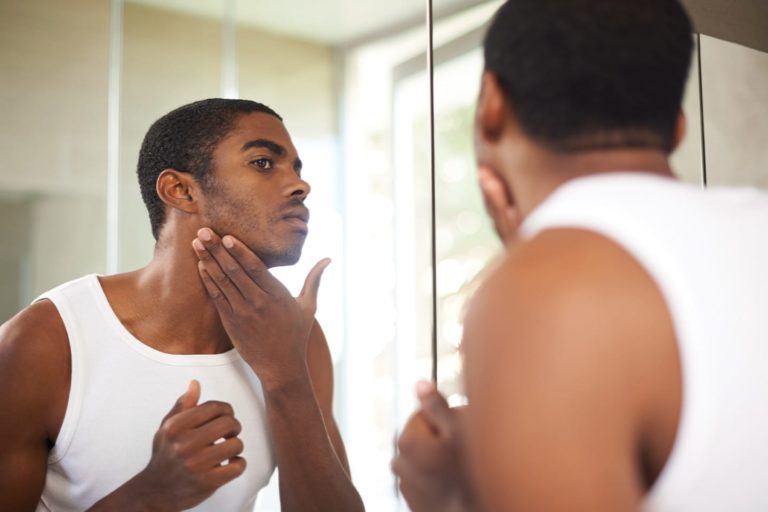

Ingredients such as witch hazel, aloe vera, and tea tree oil are good to look for in an aftershave, while products containing alcohol will dry out your skin and should be avoided. Aftershave balms also nourish and moisturize your skin while simultaneously keeping dirt and grime out by providing a seal.
If you happen to nick yourself while shaving, toilet paper, ice cubes, lip balm, and aluminium sulphate sticks are all great ways to slow or stop bleeding. By taking these steps to help your skin properly recover from a shave, you can prevent redness, irritation, bumps, and ingrown hairs.
Dressed for Success: Winter Workout Attire
Picking the Right Outfit for Your Winter Workout
Just because it’s cold and dark outside doesn’t mean you have to push your workouts indoors. For those who love to exercise outside, there are ways to be smart when heading out for a run or bike ride in frigid temperatures.
For starters, choose base layers by material. Cotton that is soaked in sweat or rain can zap your body temperature and put you at risk for hypothermia. But dressing in synthetic fibers, such as polyester, nylon, and polypropylene, can wick away moisture much faster and retain your body heat.
For an added layer of insulation on chilly days, opt for fleece, which will keep you warm without weighing you down.
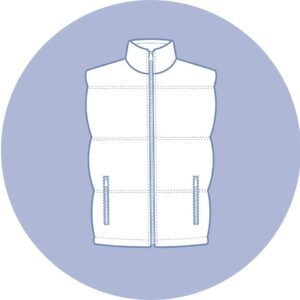

If needed, complete your outfit with an outer layer or shell, such as a vest, windbreaker, or waterproof jacket, to protect you from the elements.
When exercising in subfreezing temps, it’s always a good idea to wear wool or synthetic socks, gloves, and a hat or headband. These items will go a long way at trapping in your body heat. Just be sure to remove them when you’re too hot. Sweating too much can put you at risk for dehydration and frostbite when temperatures are low, so remember to remove layers as you heat up.
For the Whole Family
Cleaning With Vinegar
An inexpensive and safe alternative to household cleaners, vinegar has been used for decades to remove unwanted buildup on a myriad of items. From boosting your beauty routine to cleaning kitchen items, check out some of the common ways distilled white vinegar is being used, and also when the product could do more damage than good.
Use vinegar to clean...
- Your hair
- Windows, mirrors, and glass
- Bathroom fixtures
- Solid surface countertops
- Drains and garbage disposals
- Linoleum floors and trash cans
- Appliances big and small
- Dishes
- Clothes and towels
DON’T use vinegar to clean…
- Cast iron or aluminum
- Natural stone tiles or countertops
- Unfinished or waxed wood
- Irons
- Electronic items
- Tile grout
- Spills or stains involving eggs
A Grain of Salt
Which type of salt is best for your health?
Salt is a kitchen staple used on everything from vegetables and meat to sauces and baked goods. You may be wondering if there is one type of salt that is healthier than another, but according to experts, there’s not.
Turns out, salt is salt no matter the variety. Whether you are using table salt, kosher salt, sea salt, Himalayan salt, seasoned salt, or a salt substitute, you are likely consuming a similar amount of sodium.
Sea salt and Himalayan salt often have a coarser grain than other types of salt, which may translate to less sodium per teaspoon. However, by weight, all salts have the same level of sodium.


In addition to having larger granules, sea salt and Himalayan salt also contain trace amounts of minerals. While experts suggest there is no added health benefit from these minerals, they can boost the flavor of your food.
To be smart with your salt consumption, try to stay within the recommended intake of 2,300 milligrams of sodium per day as set by the American Heart Association. The rest is a matter of personal preference.
For Moms
A Mom’s Guide to Parental Blocks
Monitoring Your Child's Internet Usage
The internet is a wonderful tool for children. It can help them research topics for school, connect with peers, and stimulate their minds with games. At the same time, the internet presents a number of threats. While experts suggest you should always keep an open line of communication with your kids about their internet usage, being proactive about their safety is also important. Here are just a few of the types of controls available to you as a parent.
BLOCKING WEBSITES limits which websites your child can access. This is typically set up through your search engine of preference.
FILTERING CONTENT goes a step further and blocks access to specific websites, words, or images. This is often set up via your computer or device’s operating system.
TIME LMITS allow parents to specify a time window or a maximum amount of time a child can access the internet. This can usually be customized in the operating system of a mobile device or computer.
MONITORING allows parents to view their children’s internet usage, and many of these third-party software applications send parents an alert when their child uses or receives keywords.
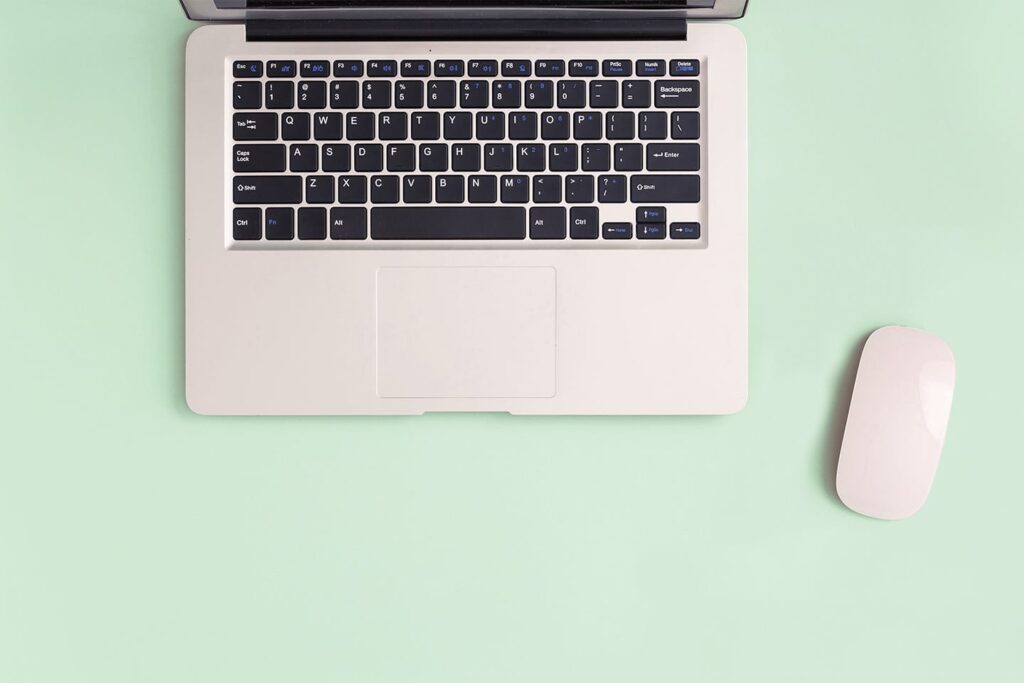

Shattering Shyness
What You Can Do to Help Your Little One Navigate Social Situations
All of us experience shyness at some point in our lives, but for some children, these bashful moments may be more pervasive. Unless shyness is keeping your child from wanting to go to school, parties, or practices on a regular basis, there is nothing to worry about. Still, there are actions you can take as a parent to put your child at ease in social situations.
BUILD CONFIDENCE. Remind your child of a time where they were afraid at first but ended up having fun.
PRACTICE SOCIAL SKILLS. Work on your child’s social skills by encouraging them to order at restaurants or pay the cashier at the store.
BE A ROLE MODEL. When in public, show your child how to greet people and converse.
OFFER PRAISE. When your child waves, says hi, or talks to someone, let them know you are proud. Conversely, coach them on what they can say or do next time if they freeze up.
BE EMPATHETIC. Share stories about when you overcame shyness, and try not to minimize your child’s feelings.
LET THEM KNOW WHAT TO EXPECT. Whether it’s a dentist appointment or a birthday party, let your child know the schedule of events when it comes to new situations.


For New Moms
Going Back to Work While Breastfeeding
As the days of maternity leave wind down, it’s important to think about how you will juggle returning to work with the responsibilities of being a new mom. If your goal is to continue breastfeeding, the following tips can make for a smoother transition.
- Talk to your employer about pumping options before you ever start maternity leave.
- Know your rights. Employers are federally mandated to provide a space and time for you to express milk.
- Keep an extra pump kit or spare parts at work or in your car.
- Familiarize yourself with ways to relax and kick-start your milk let down.
- Establish a pumping routine before your maternity leave is over. For added ease, plan around your baby’s feeding schedule.
- Know storage guidelines for breast milk, and plan accordingly
- Make a list of everything you might need. You’ll be carrying a lot more to work than you’re used to.
- Dress so that pumping is easier. Hands-free bras and loose-fitting tops provide convenience, and patterned tops can help disguise leakage.
- Have a game plan for cleaning your pump accessories.
Sink Your Teeth into This: Choosing A Baby Teether
Guidelines for Baby Teethers
When it comes to selecting a teether for your baby, the options can be overwhelming. Luckily, there are some guidelines that can help.
- Does it have texture? A product that has a textured surface will help to massage your little one’s gums as their teeth come in.
- Is it the right size? The chewable part of the teether needs to be able to fit inside your baby’s mouth. At the same time, there shouldn’t be any parts that could come loose that would present a choking hazard.
- Is it easy to grip? Look for teethers with a thin handle that will allow your baby to hold it on their own.
- Is it cold? For many children, cold materials can provide another element of relief throughout the teething process. Refrigerator-friendly teethers are a great choice; just avoid chilling these products in the freezer, which could injure your baby’s gums.


5. What material is it made of? Some teethers may contain substances that, as a mom, you wish to avoid. With research beforehand, you can bypass any safety risks and feel good about your purchase.
For Older Adults
Fitness Finesse
Changing Your Workout Regimen as You Age
As you travel through the seasons of life, keeping active can help you stay happy and healthy. While you may not recover from workouts as quickly as you used to, a few tweaks to your routine can boost its effectiveness and decrease your risk of injury.
For example, you may have gotten away with not stretching in your youth, but now it will become critical to stretch after every workout. Those ages 50 and above may need additional stretching sessions in between workouts.
You will also need to find the right balance of cardio and strength training as you age. Light cardio will help your cardiovascular health, while resistance or strength training is necessary to maintain muscle strength.


As a young adult, you may have needed to take a day off after an especially intense workout. Don’t be surprised if you need more recovery days as a senior.
Long gone are the days when you could launch into a workout without a warm-up. Now more than ever, it’s important to use a combination of light cardio and stretching to prepare your muscles for exercise and get the most out of your workout.
Questions to Ask Your Doctor If You’re Having Trouble Sleeping
Can't sleep?
Getting a good night’s sleep is just as important for older adults as it is for other age groups, but several factors can cause sleep to be more elusive as you age. Your body produces less melatonin for starters, and health conditions, pain, hormone levels, lifestyle changes, and medications can all make it harder to fall or stay asleep.
If you have already tried a healthy nighttime routine, such as not drinking liquids or staring at bright light before bed, and your restlessness persists, it may be time to see a doctor. If you do decide to seek medical advice for a better night’s rest, here are some questions you can ask your doctor to get the conversation started.
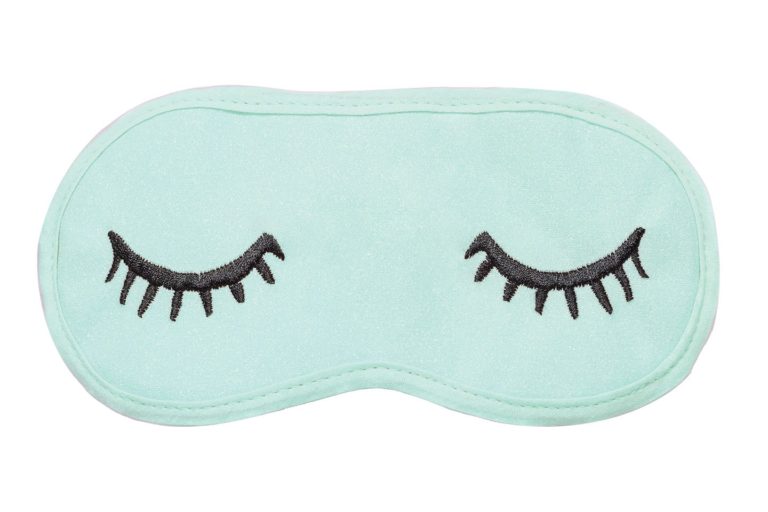

- How many hours of sleep do you recommend I get each night?
- Can any of my current medications affect my sleep? If so, are there any alternatives?
- Could I have a health problem that’s affecting my sleep, and are there any solutions?
- I seem to sleep fine, but I’m still tired all day. What is going on?
- Is it okay to take a nap if I feel I need one? If so, how long is my ideal nap?

